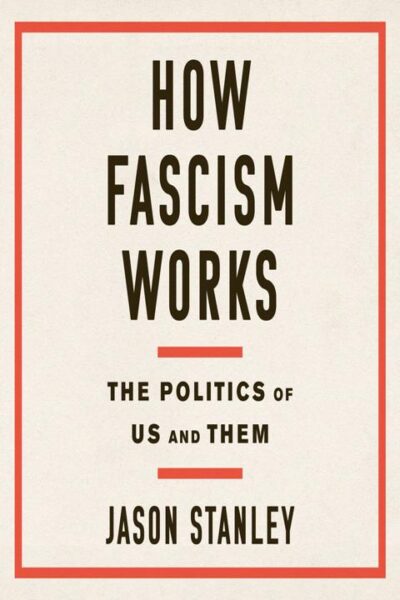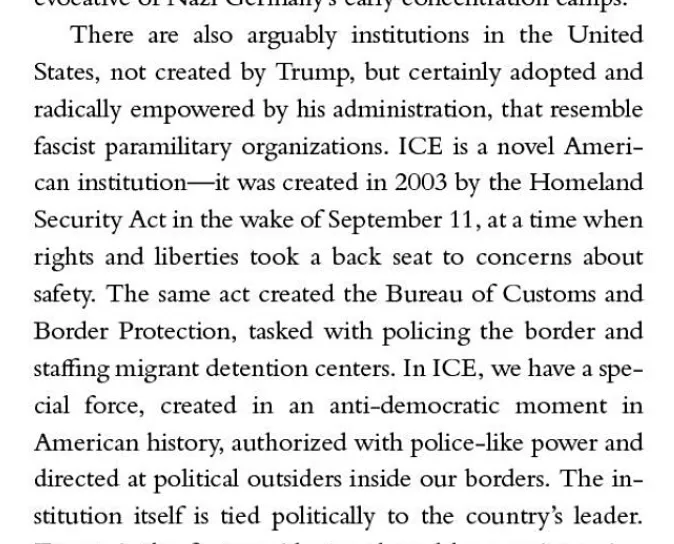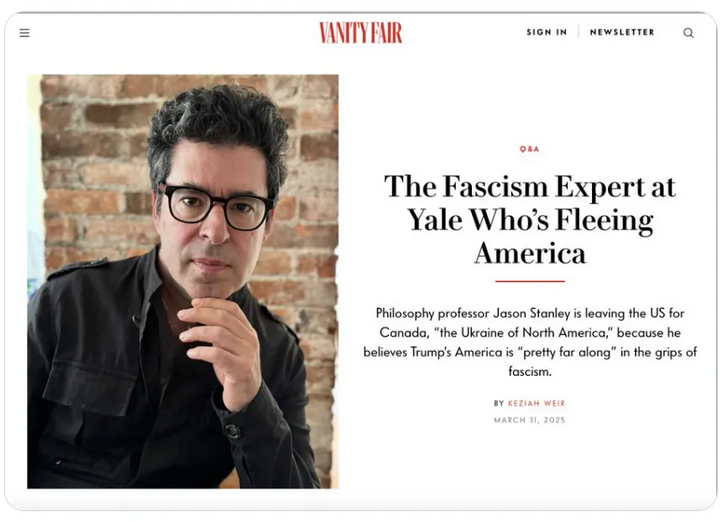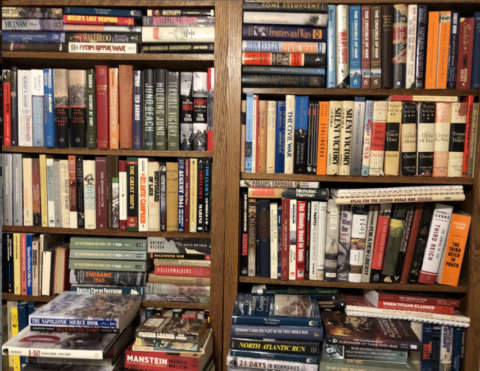 … despite all these drawbacks, people whose distant ancestors had enjoyed the wetland mosaic of subsistence strategies were now living in the far more labor-intensive, precarious confines of the Neolithic village, where one blighted crop could spell disaster. And when disaster struck, as it often did, the survivors could melt back into the world of their foraging neighbors, but slow population growth over several millennia meant that those diverse niches were full to the bursting, so as long as more food could be extracted at a greater labor cost, many people had incentive to do so.
… despite all these drawbacks, people whose distant ancestors had enjoyed the wetland mosaic of subsistence strategies were now living in the far more labor-intensive, precarious confines of the Neolithic village, where one blighted crop could spell disaster. And when disaster struck, as it often did, the survivors could melt back into the world of their foraging neighbors, but slow population growth over several millennia meant that those diverse niches were full to the bursting, so as long as more food could be extracted at a greater labor cost, many people had incentive to do so.
And just as this way of life — [Against the Grain author James C.] Scott calls it the “Neolithic agro-complex”, but it’s really just another bundle of social and physical technologies — inadvertently created niches for the weeds that thrive in recently-tilled fields1 and the fleas that live on our commensal vermin, it also created a niche for the state. The Neolithic village’s unprecedented concentration of manpower, arable land, and especially grain made the state possible. Not that the state was necessary, mind you — the southern Mesopotamian alluvium had thousands of years of sedentary agriculturalists living in close proximity to one another before there was anything resembling a state — but Scott writes that there was “no such thing as a state that did not rest on an alluvial, grain-farming population”. This was true in the Fertile Crescent, it was true along the Nile, it was true in the Indus Valley, and it was true in the loess soils of “Yellow” China.2 And Scott argues that it’s all down to grain, because he sees taxation at the core of state-making and grain is uniquely well-suited to being taxed.
Unlike cassava, potatoes, and other tubers, grain is visible: you can’t hide a wheatfield from the taxman. Unlike chickpeas, lentils, and other legumes, grain all ripens at once: you can’t pick some of it early and hide or eat it before the taxman shows up. Moreover, unhusked grain stores particularly well, can be divided almost infinitely for accounting purposes (half a cup of wheat is a stable and reliable store of value, while a quarter of a potato will rot), and has a high enough value per unit volume that it’s economically worthwhile to transport it long distances. All this means that sedentary grain farmers become taxable in a way that hunter-gatherers, nomadic pastoralists, swiddeners, and other “nongrain peoples” are not, because you know exactly where to find them and exactly when they can be expected to have anything worth taking. And then, of course, you’ll want to build some walls to protect your valuable grain-growing subjects from other people taking their grain (and also, perhaps, to keep them from running for the hills), and you’ll want systems of measurement and record-keeping so you know how much you can expect to get from each of them, and pretty soon, hey presto! you have something that looks an awful lot like civilization.
The thing is, though, that Scott doesn’t think this is an improvement. It certainly wasn’t an improvement for the new state’s subjects, who were now forced into backbreaking labor to produce a grain surplus in excess of their own needs (and prevented from leaving their work), and it wasn’t an improvement for the non-state (or, later, other-state) peoples who were constantly being conquered and relocated into the state’s core territory as new domesticated subjects to be worked just like its domesticated animals. In fact, he goes so far as to suggest that our archaeological records of “collapse” — the abandonment and/or destruction of the monumental state center, usually accompanied by the disappearance of elites, literacy, large-scale trade, and specialist craft production — in fact often represent an increase in general human well-being: everyone but the court elite was better off outside the state. “Collapse”, he argues, is simply “the disaggregation of a complex, fragile, and typically oppressive state into smaller, decentralized fragments”. Now, this may well have been true of the southern Mesopotamian alluvium in 3000 BC, where every statelet was surrounded by non-state, non-grain peoples hunting and fishing and planting and herding, but it’s certainly not true of a sufficiently “domesticated” people. Were the oppida Celts, with their riverine trading networks, better off than their heavily urbanized Romano-British descendants? Well, the Romano-Britons had running water and heated floors and nice pottery to eat off of and Falernian wine to drink, but there’s certainly a case to be made that these don’t make up for lost freedoms. But compare them with the notably shorter and notably fewer involuntarily-rusticated inhabitants of sub-Roman Britain a few hundred years later and even if you don’t think running water is worth much (you’re wrong), you have to concede that the population nosedive itself suggests that there is real human suffering involved in the “collapse” of a sufficiently widespread civilization.3
But even this is begging the question. We can argue about the relative well-being of ordinary people in various sorts of political situations, and it’s a legitimately interesting topic, both in what data we should look at — hunter-gatherers really do work dramatically less than agriculturalists4 — and in debating its meaning.5 And Scott’s final chapter, “The Golden Age of the Barbarians”, makes a pretty convincing case that they were materially better off than their state counterparts, especially once the states really got going and the barbarians could trade with or raid them to get the best of both worlds! But however we come down on all these issues, we’re still assuming that the well-being of ordinary people — their freedom from labor and oppression, their physical good health — is the primary measure of a social order. And obviously it ain’t nothing — salus populi suprema lex and so forth — but man does not live by bread a mosaic of non-grain foodstuffs alone. There are a lot of important things that don’t show up in your skeleton! We like civilization not because it produces storehouses full of grain and clay tablets full of tax records, but because it produces art and literature and philosophy and all the other products of our immortal longings. And, sure, this was largely enabled by taxes, corvée labor, conscription, and various forms of slavery, but on the other hand we have the epic of Gilgamesh.6 And obviously you don’t get art without civilization, which is to say the state. Right?
Jane Psmith, “REVIEW: Against the Grain, by James C. Scott”, Mr. and Mrs. Psmith’s Bookshelf, 2023-08-21.
1. Oats apparently began as one of them!
2. It was probably also true in Mesoamerica and the Andes, where maize was the grain in question, but Scott doesn’t get into that.
3. No, the population drop cannot be explained by all the romanes eunt domus.
4. That famous “twenty hours a week” number you may have heard is bunk, but it’s really only about forty, and that includes all the housekeeping, food preparation, and so forth that we do outside our forty-hour workweeks.
5. For example, does a thatched roof in place of ceramic tiles represent #decline, or is it a sensible adaptation to more local economy? Or take pottery, which is Bryan Ward-Perkins’s favorite example in his excellent case that no really, Rome actually did fall: a switch in the archaeological record from high-quality imported ceramics to rough earthenwares made from shoddy local clays is definitely a sign of societal simplification, but it isn’t prima facie obvious that a person who uses the product of an essentially industrial, standardized process is “better off” than someone who makes their own friable, chaff-tempered dishes.
6. Or food rent and, uh, all of Anglo-Saxon literature, whatever.








